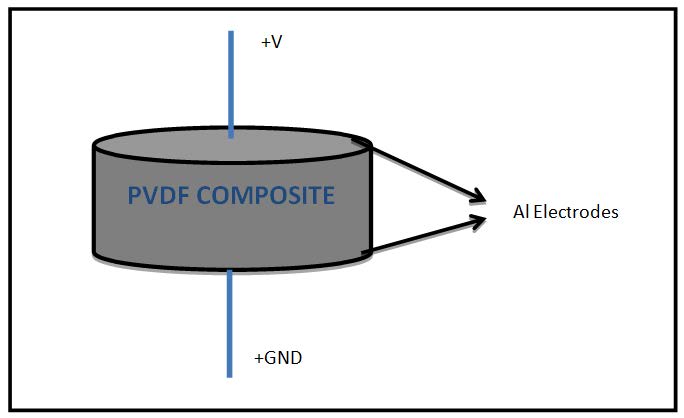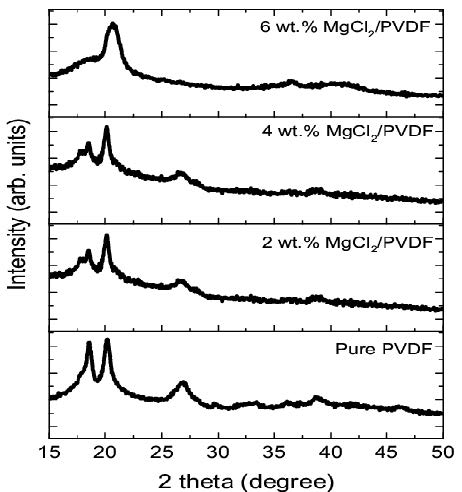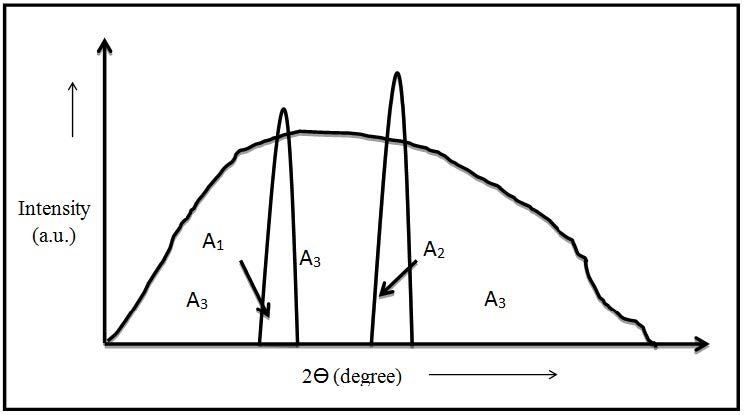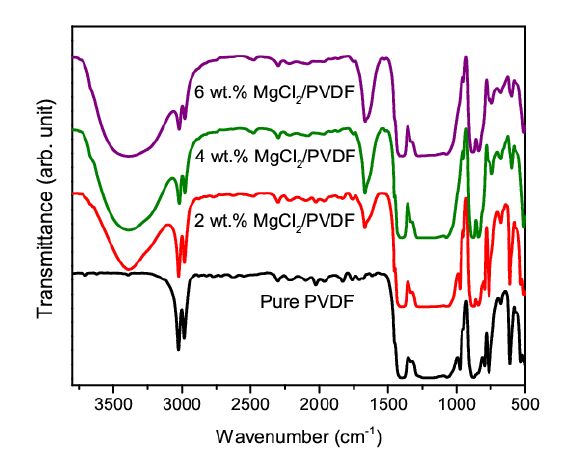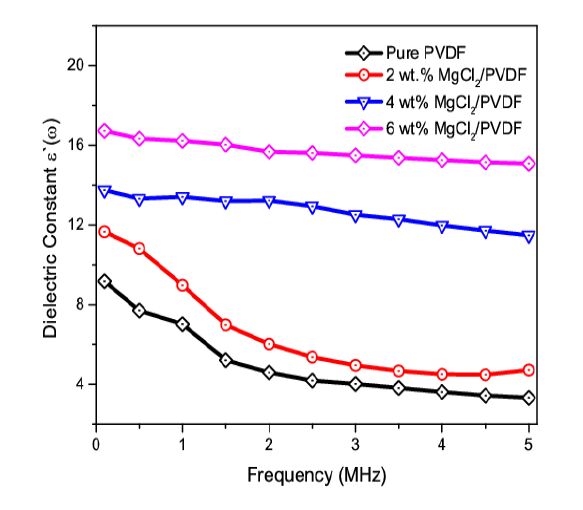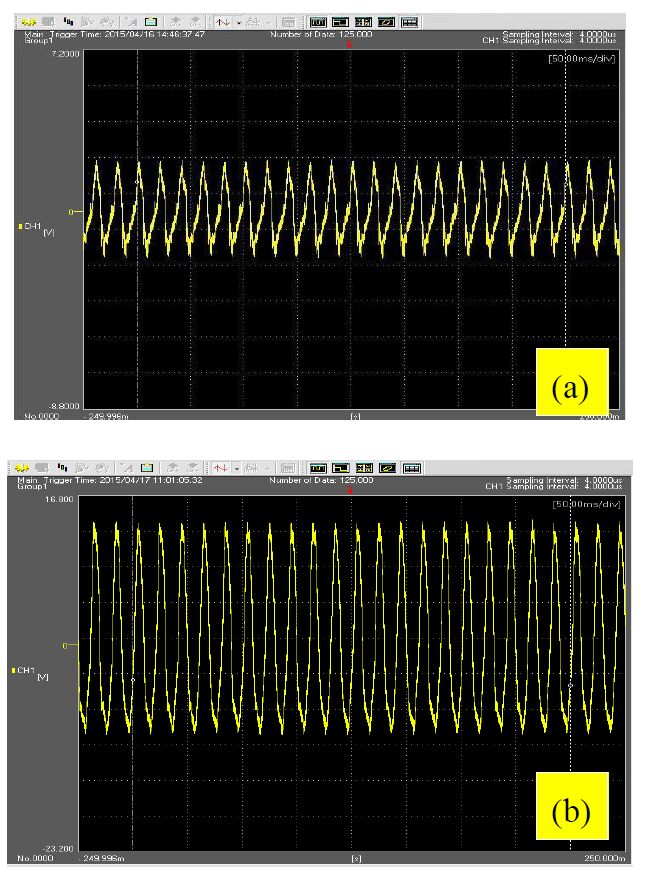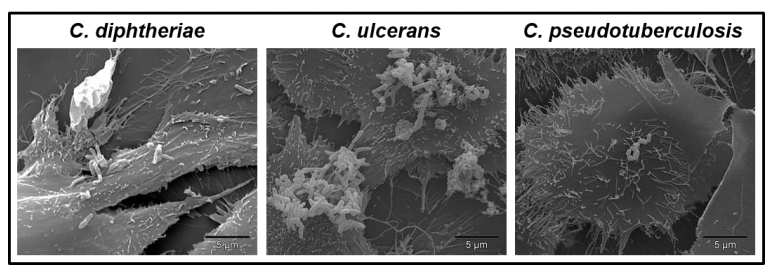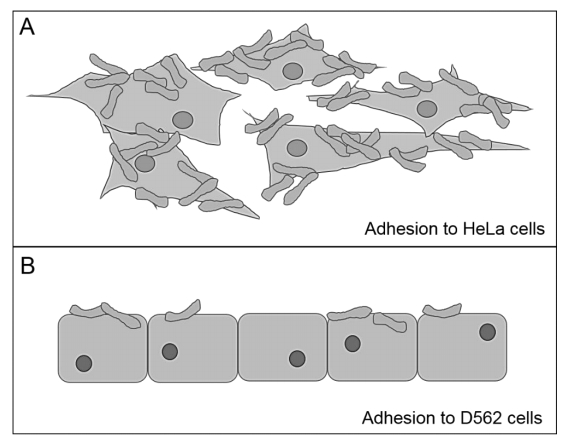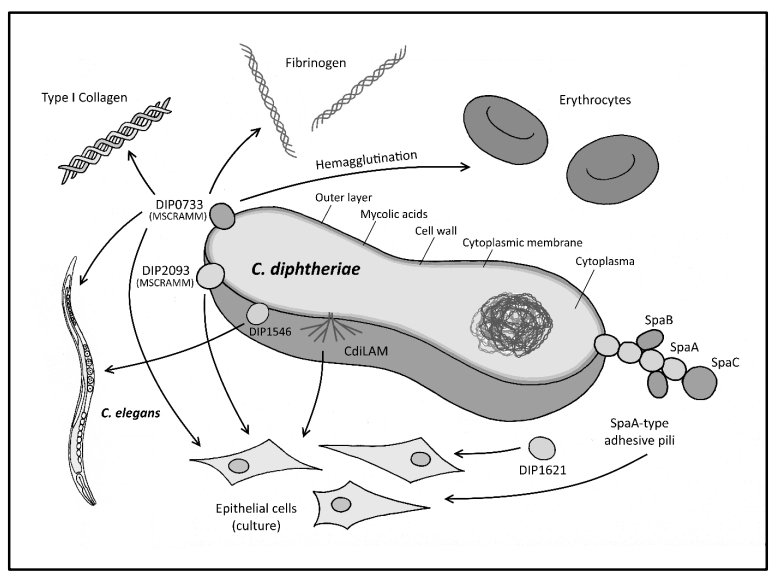|
[1]
|
Tauch A, Sandbote J (2014) The family Corynebacteriaceae, Rosenberg E, DeLong E, Lory S, et al., Editors, Berlin: Springer.
|
|
[2]
|
Ventura M, Canchaya C, Tauch A, et al. (2007) Genomics of Actinobacteria: tracing the evolutionary history of an ancient phylum. Microbiol Mol Biol Rev 71: 495–548. doi: 10.1128/MMBR.00005-07

|
|
[3]
|
Zhi XY, Li WJ, Stackebrandt E (2009) An update of the structure and 16S rRNA gene sequence-based definition of higher ranks of the class Actinobacteria, with the proposal of two new suborders and four new families and emended descriptions of the existing higher taxa. Int J Syst Evol Micr 59: 589–608. doi: 10.1099/ijs.0.65780-0

|
|
[4]
|
Burkovski A (2013) Cell envelope of corynebacteria: structure and influence on pathogenicity. ISRN Microbiol 2013: 935736.
|
|
[5]
|
Daffé M (2005) The cell envelope of corynebacteria, Boca Raton, Fla, USA: Taylor & Francis.
|
|
[6]
|
Puech V, Chami M, Lemassu A, et al. (2001) Structure of the cell envelope of corynebacteria: importance of the non-covalently bound lipids in the formation of the cell wall permeability barrier and fracture plane. Microbiology 147: 1365–1382. doi: 10.1099/00221287-147-5-1365

|
|
[7]
|
Sutcliffe IC (1997) Macroamphiphilic cell envelope components of Rhodococcus equi and closely related bacteria. Vet Microbiol 56: 287–299. doi: 10.1016/S0378-1135(97)00097-7

|
|
[8]
|
Gebhardt H, Meniche X, Tropis M, et al. (2007) The key role of the mycolic acid content in the functionality of the cell wall permeability barrier in Corynebacterineae. Microbiology 153: 1424–1434. doi: 10.1099/mic.0.2006/003541-0

|
|
[9]
|
Hsu FF, Soehl K, Turk J, et al. (2011) Characterization of mycolic acids from the pathogen Rhodococcus equi by tandem mass spectrometry with electrospray ionization. Anal Biochem 409: 112–122. doi: 10.1016/j.ab.2010.10.006

|
|
[10]
|
Nishiuchi Y, Baba T, Yano I (2000) Mycolic acids from Rhodococcus, Gordonia, and Dietzia. J Microbiol Meth 40: 1–9. doi: 10.1016/S0167-7012(99)00116-5

|
|
[11]
|
Takayama K, Wang C, Besra GS (2005) Pathway to synthesis and processing of mycolic acids in Mycobacterium tuberculosis. Clin Microbiol Rev 18: 81–101. doi: 10.1128/CMR.18.1.81-101.2005

|
|
[12]
|
Ott L, Hacker E, Kunert T, et al. (2017) Analysis of Corynebacterium diphtheriae macrophage interaction: dispensability of corynomycolic acids for inhibition of phagolysosome maturation and identification of a new gene involved in synthesis of the corynomycolic acid layer. PLoS One 12: e0180105. doi: 10.1371/journal.pone.0180105

|
|
[13]
|
Burkovski A (2013) Diphtheria, In: Rosenberg E, DeLong EF, Lory S, et al., Editors, The Prokaryotes Human Microbiology, 4 Eds., New York: Springer, 237–245.
|
|
[14]
|
Murphy JR (1996) Corynebacterium diphtheriae, In: Baron S, Editor, Medical Microbiology, Galveston (TX): University of Texas Mdical Branch at Galveston.
|
|
[15]
|
Puliti M, von Hunolstein C, Marangi M, et al. (2006) Experimental model of infection with non-toxigenic strains of Corynebacterium diphtheriae and development of septic arthritis. J Med Microbiol 55: 229–235. doi: 10.1099/jmm.0.46135-0

|
|
[16]
|
Galazka A (2000) The changing epidemiology of diphtheria in the vaccine era. J Infect Dis 181: 2–9. doi: 10.1086/315215

|
|
[17]
|
Hadfield TL, McEvoy P, Polotsky Y, et al. (2000) The pathology of Diphtheria. J Infect Dis 181: 116–120. doi: 10.1086/315551

|
|
[18]
|
von Hunolstein C, Alfarone G, Scopetti F, et al. (2003) Molecular epidemiology and characteristics of Corynebacterium diphtheriae and Corynebacterium ulcerans strains isolated in Italy during the 1990s. J Med Microbiol 52: 181–188. doi: 10.1099/jmm.0.04864-0

|
|
[19]
|
Kantsone I, Lucenko I, Perevoscikovs J (2016) More than 20 years after re-emerging in the 1990s, diphtheria remains a public health problem in Latvia. Eurosurveillance 21: 30414. doi: 10.2807/1560-7917.ES.2016.21.48.30414

|
|
[20]
|
Buck GA, Cross RE, Wong TP, et al. (1985) DNA relationships among some tox-bearing corynebacteriophages. Infect Immun 49: 679–684.
|
|
[21]
|
Cianciotto NP, Groman NB (1996) Extended host range of a beta-related corynebacteriophage. FEMS Micrbiol Lett 140: 221–225.
|
|
[22]
|
Groman NB, Schiller J, Russel J (1984) Corynebacterium ulcerans and Corynebacterium pseudotuberculosis responses to DNA probes derived from corynephage β and Corynebacterium diphtheriae. Infect Immun 45: 511–517.
|
|
[23]
|
Sangal V, Nieminen L, Weinhardt B, et al. (2014) Diphtheria-like disease caused by toxigenic Corynebacterium ulcerans strain. Emerg Infect Dis 20: 1257–1258. doi: 10.3201/eid2007.140216

|
|
[24]
|
Aleman M, Spier SJ, Wilson WD, et al. (1996) Corynebacterium pseudotuberculosis infection in horses: 538 cases (1982-1993). J Am Vet Med Assoc 209: 804–809.
|
|
[25]
|
Baird GJ, Fontaine MC (2007) Corynebacterium pseudotuberculosis and its role in ovine caseous lymphadenitis. J Comp Path 137: 179–210. doi: 10.1016/j.jcpa.2007.07.002

|
|
[26]
|
Dorella FA, Pacheco LGC, Oliveira CS, et al. (2006) Corynebacterium pseudotuberculosis: microbiology, biochemical properties, pathogenesis and molecular studies of virulence. Vet Res 37: 201–218. doi: 10.1051/vetres:2005056

|
|
[27]
|
Batey RG (1986) Pathogenesis of caeous lymphadenitis in sheep and goats. Aust Vet J 63: 269–272. doi: 10.1111/j.1751-0813.1986.tb08064.x

|
|
[28]
|
Hodgson ALM, Krywult J, Corner LA, et al. (1992) Rational attenuation of Corynebacterium pseudotuberculosis: potential cheesy gland vaccine and live delivery vehicle. Infect Immun 60: 2900–2905.
|
|
[29]
|
McNamara PJ, Bradley GA, Songer JG (1994) Targeted mutagenesis of the phospholipase D gene results in decreased virulence of Corynebacterium pseudotuberculosis. Mol Microbiol 12: 921–930. doi: 10.1111/j.1365-2958.1994.tb01080.x

|
|
[30]
|
Gilbert R, Stewart FC (1927) Corynebacterium ulcerans; a pathogenic microorganism resembling Corynebacterium diphtheriae. J Lab Clin Med 12: 756–761.
|
|
[31]
|
Hacker E, Antunes CA, Mattos-Guaraldi AL, et al. (2016) Corynebacterium ulcerans, an emerging human pathogen. Future Microbiol 11: 1191–1208. doi: 10.2217/fmb-2016-0085

|
|
[32]
|
Hommez J, Devriese LA, Vaneechoutte M, et al. (1999) Identification of nonlipophilic corynebacteria isolated from dairy cows with mastitis. J Clin Microbiol 37: 954–957.
|
|
[33]
|
Schuhegger R, Schoerner C, Dlugaiczyk J, et al. (2009) Pigs as source for toxigenic Corynebacterium ulcerans. Emerg Infect Dis 15: 1314–1315. doi: 10.3201/eid1508.081568

|
|
[34]
|
De Zoysa A, Hawkey PM, Engler K, et al. (2005) Characterization of toxigenic Corynebacterium ulcerans strains isolated from humans and domestic cats in the United Kingdom. J Clin Microbiol 43: 4377–4381. doi: 10.1128/JCM.43.9.4377-4381.2005

|
|
[35]
|
Hogg RA, Wessels J, Hart J, et al. (2009) Possible zoonotic transmission of toxigenic Corynebacterium ulcerans from companion animals in a human case of fatal diphtheria. Vet Rec 165: 691–692.
|
|
[36]
|
Meinel DM, Konrad R, Berger A, et al. (2015) Zoonotic transmission of toxigenic Corynebacterium ulcerans strain, Germany, 2012. Emerg Infect Dis 21: 356–358. doi: 10.3201/eid2102.141160

|
|
[37]
|
Bonnet JM, Begg NT (1999) Control of diphtheria: guidance for consultants in communicable disease control. Commun Dis Public Health 2: 242–249.
|
|
[38]
|
Konrad R, Hörmansdorfer S, Sing A (2015) Possible human-to-human transmission of toxigenic Corynebacterium ulcerans. Clin Microbiol Infec 21: 768–771. doi: 10.1016/j.cmi.2015.05.021

|
|
[39]
|
Dias AA, Santos LS, Sabbadini PS, et al. (2011) Corynebacterium ulcerans diphtheria: an emerging zoonosis in Brazil and worldwide. Rev Saude Publ 45: 1176–1191. doi: 10.1590/S0034-89102011000600021

|
|
[40]
|
Wagner KS, White JM, Crowcroft NS, et al. (2010) Diphtheria in the United Kingdom, 1986-2008: the increasing role of Corynebacterium ulcerans. Epidemiol Infect 138: 1519–1530. doi: 10.1017/S0950268810001895

|
|
[41]
|
Baldassari L, Bertuccini L, Ammendolia CR, et al. (2001) Effect of iron limitation on slime production by Staphylococcus aureus. Eur J Clin Microbiol Infect Dis 20: 343–345. doi: 10.1007/PL00011274

|
|
[42]
|
Deighton M, Bordland R (1993) Regulation of slime production in Staphylococcus epidermidis by iron limitation. Infect Immun 61: 4473–4479.
|
|
[43]
|
Scharfman A, Kroczynski H, Carnoy C, et al. (1996) Adhesion of Pseudomonas aeruginosa to respiratory mucins and expression of mucin-binding proteins are increased by limiting iron during growth. Infect Immun 64: 5417–5420.
|
|
[44]
|
Dai JA, Lee Y, Wong H (1992) Effects of iron limitation on production of a siderophore, outer membrane proteins, and hemolysin and on hydrophobicity, cell adherence, and lethality for mice of Vibrio parahaemolyticus. Infect Immun 60: 2952–2956.
|
|
[45]
|
Russel LM, Cryz SJ, Holmes RK (1984) Genetic and biochemical evidence for siderophore-dependent iron transport system in Corynebacterium diphtheriae. Infect Immun 45: 143–149.
|
|
[46]
|
Schmitt MP, Talley BG, Holmes KK (1997) Characterization of lipoprotein IRP1 from Corynebacterium diphtheriae, which is regulated by diphtheria toxin repressor (DtxR) and iron. Infect Immun 65: 5364–5367.
|
|
[47]
|
Moreira LO, Andrade AFB, Vale MD, et al. (2003) Effects of iron limitation on adherence and cell surface carbohydrates of Corynebacterium diphtheriae. Appl Environ Microb 69: 5907–5913. doi: 10.1128/AEM.69.10.5907-5913.2003

|
|
[48]
|
Vimr ER (1994) Microbial sialidases: does bigger always mean better? Trends Microbiol 2: 271–277. doi: 10.1016/0966-842X(94)90003-5

|
|
[49]
|
Vimr ER, Kalivoda KA, Deszo EL, et al. (2004) Diversity of microbial sialic acid metabolism. Microbiol Mol Biol Rev 68: 132–153. doi: 10.1128/MMBR.68.1.132-153.2004

|
|
[50]
|
Trost E, Al-Dilaimi A, Papavasiliou P, et al. (2011) Comparative analysis of two complete Corynebacterium ulcerans genomes and detection of candidate virulence factors. BMC Genomics 12: 383–400. doi: 10.1186/1471-2164-12-383

|
|
[51]
|
Arden AB, Chang WH, Barksdale L (1972) Distribution of neuraminidase and N-acetylneuraminate lyase activities among Corynebacteria, Mycobacteria, and Nocardias. J Bacteriol 112: 1206–1212.
|
|
[52]
|
Brennan PJ, Nikaido H (1995) The envelope of mycobacteria. Annu Rev Biochem 64: 29–63. doi: 10.1146/annurev.bi.64.070195.000333

|
|
[53]
|
Nigou J, Zelle-Rieser C, Gilleron M, et al. (2001) Mannosylated lipoarabinomannans inhibit IL-12 production by human dendritic cells: evidence for a negative signal delivered through the mannose receptor. J Immunol 166: 7477–7485. doi: 10.4049/jimmunol.166.12.7477

|
|
[54]
|
Dao DN, Kremer L, Guérardel Y, et al. (2004) Mycobacterium tuberculosis lipomannan induces apoptosis and interleukin-12 production in macrophages. Infect Immun 72: 2067–2074. doi: 10.1128/IAI.72.4.2067-2074.2004

|
|
[55]
|
Puissegur MP, Lay G, Gilleron M, et al. (2007) Mycobacterial lipomannan induces granuloma macrophage fusion via a TLR2-dependent, ADAM9- and beta1 integrin-mediated pathway. J Immunol 178: 3161–3169. doi: 10.4049/jimmunol.178.5.3161

|
|
[56]
|
Moreira LO, Mattos-Guaraldi AL, Andrade AFB (2008) Novel lipoarabinomannan-like lipoglycan (CdiLAM) contributes to the adherence of Corynebacterium diphtheriae to epithelial cells. Arch Microbiol 190: 521–530. doi: 10.1007/s00203-008-0398-y

|
|
[57]
|
Garton NJ, Gilleron M, Brando T, et al. (2002) A novel lipoarabinomannan from the equine pathogen Rhodococcus equi. Structure and effect on macrophage cytokine production. J Biol Chem 277: 31722–31733.
|
|
[58]
|
Gilleron M, Garton NJ, Nigou J, et al. (2005) Characterization of a truncated lipoarabinomannan from the Actinomycete Turicella otitidis. J Bacteriol 187: 854–861. doi: 10.1128/JB.187.3.854-861.2005

|
|
[59]
|
Gibson KJC, Gilleron M, Constant P, et al. (2003) Structural and functional features of Rhodococcus ruber lipoarabinomannan. Microbiology 149: 1437–1445. doi: 10.1099/mic.0.26161-0

|
|
[60]
|
Navarre WW, Schneewind O (1999) Surface proteins of gram-positive bacteria and mechanisms of their targeting to the cell wall envelope. Microbiol Mol Biol Rev 63: 174–229.
|
|
[61]
|
Ton-That H, Schneewind O (2003) Assembly of pili on the surface of Corynebacterium diphtheriae. Mol Microbiol 50: 1429–1438. doi: 10.1046/j.1365-2958.2003.03782.x

|
|
[62]
|
Ott L, Burkovski A (2014) Toxigenic Corynebacteria: Adhesion, Invasion and Host Response, In: Corynebacterium diphtheriae and Related Toxigenic Species, Dordrecht: Springer, 143–170.
|
|
[63]
|
Ton-That H, Marraffini LA, Schneewind O (2004) Sortases and pilin elements involved in pilus assembly of Corynebacterium diphtheriae. Mol Microbiol 53: 251–261. doi: 10.1111/j.1365-2958.2004.04117.x

|
|
[64]
|
Mandlik A, Das A, Ton-That H (2008) The molecular switch that activates the cell wall anchoring step of pilus assembly in gram-positive bacteria. Proc Natl Acad Sci USA 105: 14147–14152. doi: 10.1073/pnas.0806350105

|
|
[65]
|
Mandlik A, Swierczynski A, Das A, et al. (2008) Pili in Gram-positive bacteria: assembly, involvement in colonization and biofilm development. Trends Microbiol 16: 33–40. doi: 10.1016/j.tim.2007.10.010

|
|
[66]
|
Mandlik A, Swierczynski A, Das A, et al. (2007) Corynebacterium diphtheriae employs specific minor pilins to target human pharyngeal epithelial cells. Mol Microbiol 64: 111–124. doi: 10.1111/j.1365-2958.2007.05630.x

|
|
[67]
|
Dramsi S, Caliot E, Bonne I, et al. (2006) Assembly and role of pili in group B streptococci. Mol Microbiol 60: 1401–1413. doi: 10.1111/j.1365-2958.2006.05190.x

|
|
[68]
|
Ott L, Hoeller M, Rheinlaender J, et al. (2010) Strain-specific differences in pili formation and the interaction of Corynebacterium diphtheriae with host cells. BMC Microbiol 10: 257. doi: 10.1186/1471-2180-10-257

|
|
[69]
|
Sangal V, Blom J, Sutcliffe IC, et al. (2015) Adherence and invasive properties of Corynebacterium diphtheriae strains correlates with the predicted membrane-associated and secreted proteome. BMC Genomics 16: 765–780. doi: 10.1186/s12864-015-1980-8

|
|
[70]
|
Trost E, Blom J, Soares SC, et al. (2012) Pangenomic study of Corynebacterium diphtheriae that provides insights into the genomic diversity of pathogenic isolates from cases of classical diphtheria, endocarditis, and pneumonia. J Bacteriol 194: 3199–3215. doi: 10.1128/JB.00183-12

|
|
[71]
|
Broadway MM, Rogers EA, Chan C, et al. (2013) Pilus gene pool variation and the virulence of Corynebacterium diphtheriae clinical isolates during infection of a nematode. J Bacteriol 195: 3774–3783. doi: 10.1128/JB.00500-13

|
|
[72]
|
Trost E, Ott L, Schneider J, et al. (2010) The complete genome sequence of Corynebacterium pseudotuberculosis FRC41 isolated from a 12-year-old girl with necrotizing lymphadenitis reveals insights into gene-regulatory networks contributing to virulence. BMC Genomics 11: 728. doi: 10.1186/1471-2164-11-728

|
|
[73]
|
Soares SC, Silva A, Trost E, et al. (2013) The pan-genome of the animal pathogen Corynebacterium pseudotuberculosis reveals differences in genome plasticity between the biovar ovis and equi strains. PLoS One 8: e53818. doi: 10.1371/journal.pone.0053818

|
|
[74]
|
Anantharaman V, Aravind L (2003) Evolutionary history, structural features and biochemical diversity of the NlpC/P60 superfamily of enzymes. Genome Biol 4: R11. doi: 10.1186/gb-2003-4-2-r11

|
|
[75]
|
Hansmeier N, Chao TC, Kanlinowski J, et al. (2006) Mapping and comprehensive analysis of the extracellular and cell surface proteome of the human pathogen Corynebacterium diphtheriae. Proteomics 6: 2465–2476. doi: 10.1002/pmic.200500360

|
|
[76]
|
Kolodkina V, Denisevich T, Titov L (2011) Identification of Corynebacterium diphtheriae gene involved in adherence to epithelial cells. Infect Genet Evol 11: 518–521. doi: 10.1016/j.meegid.2010.11.004

|
|
[77]
|
Ott L, Hoeller M, Gerlach RG, et al. (2010) Corynebacterium diphtheriae invasion-associated protein (DIP1281) is involved in cell surface organization, adhesion and internalization in epithelial cells. BMC Microbiol 10: 2. doi: 10.1186/1471-2180-10-2

|
|
[78]
|
Chagnot C, Listrat A, Astruc T, et al. (2012) Bacterial adhesion to animal tissues: protein determinants for recognition of extracellular matrix components. Cell Microbiol 14: 1687–1696. doi: 10.1111/cmi.12002

|
|
[79]
|
Birkenhauer E, Neethirajan S, Weese JS (2014) Collagen and hyaluronan at wound sites influence early polymicrobial biofilm adhesive events. BMC Microbiol 14: 191–203. doi: 10.1186/1471-2180-14-191

|
|
[80]
|
Sabbadini P, Genovez MRN, da Silva CF, et al. (2010) Fibrinogen binds to nontoxigenic and toxigenic Corynebacterium diphtheriae strains. Mem I Oswaldo Cruz 105: 706–711. doi: 10.1590/S0074-02762010000500018

|
|
[81]
|
Peixoto RS, Antunes CA, Louredo LS, et al. (2017) Functional characterization of the collagen-binding protein DIP2093 and its influence on host-pathogen interaction and arthritogenic potential of Corynebacterium diphtheriae. Microbiology 163: 692–701. doi: 10.1099/mic.0.000467

|
|
[82]
|
Rivera J, Vannakambadi G, Höök M, et al. (2007) Fibrinogen-binding proteins of Gram-positive bacteria. Thromb Haemostasi 98: 503–511.
|
|
[83]
|
Mosher DF (1975) Cross-linking of cold-insoluble globulin by fibrin-stabilizing factor. J Biol Chem 250: 6614–6621.
|
|
[84]
|
Ruoslahti E, Vaheri A (1975) Interaction of soluble fibroblast surface antigen with fibrinogen and fibrin. J Exp Med 141: 497–501. doi: 10.1084/jem.141.2.497

|
|
[85]
|
Engvall E, Ruoslahti E, Miller EJ (1978) Affinity of fibronectin to collagens of different genetic types and to fibrinogen. J Exp Med 147: 1584–1595. doi: 10.1084/jem.147.6.1584

|
|
[86]
|
Livornese LL, Korzeniowski OM (1992) Pathogenesis of infective endocarditis, In: Kaye D, Editor, Infective endocarditis, 2 Eds., New York: Raven Press, 19–35.
|
|
[87]
|
Simpson-Louredo L, Ramos JN, Peixoto RS, et al. (2014) Corynebacterium ulcerans isolates from humans and dogs: fibrinogen, fibronectin and collagen-binding, antimicrobial and PFGE profiles. Anton Leeuw Int J G 105: 343–352. doi: 10.1007/s10482-013-0080-5

|
|
[88]
|
Colombo AV, Hirata RJ, de Souza CMR, et al. (2001) Corynebacterium diphtheriae surface proteins as adhesins to human erythrocytes. FEMS Micrbiol Lett 197: 235–239. doi: 10.1111/j.1574-6968.2001.tb10609.x

|
|
[89]
|
Hirata R, Souza SMS, Rocha-de-Souza CM, et al. (2004) Patterns of adherence to HEp-2 cells and actin polymerisation by toxigenic Corynebacterium diphtheriae strains. Microb Pathogenesis 36: 125–130. doi: 10.1016/j.micpath.2003.10.002

|
|
[90]
|
Sabbadini PS, Assis MC, Trost E, et al. (2012) Corynebacterium diphtheriae 67-72p hemagglutinin, characterized as the protein DIP0733, contributes to invasion and induction of apoptosis in HEp-2 cells. Microb Pathogenesis 52: 165–176. doi: 10.1016/j.micpath.2011.12.003

|
|
[91]
|
Antunes CA, Sanches dos Santos L, Hacker E, et al. (2015) Characterization of DIP0733, a multi-functional virulence factor of Corynebacterium diphtheriae. Microbiology 161: 639–647. doi: 10.1099/mic.0.000020

|
|
[92]
|
Hacker E, Ott L, Hasselt K, et al. (2015) Colonization of human epithelial cell lines by Corynebacterium ulcerans from human and animal sources. Microbiology 161: 1582–1591. doi: 10.1099/mic.0.000121

|
|
[93]
|
Kim S, Oh DB, Kwon O, et al. (2010) Identification and functional characterization of the NanH extracellular sialidase from Corynebacterium diphtheriae. J Biochem 147: 523–533. doi: 10.1093/jb/mvp198

|
|
[94]
|
Ott L, McKenzie A, Baltazar MT, et al. (2012) Evaluation of invertebrate infection models for pathogenic corynebacteria. FEMS Immunol Med Mic 65: 413–421. doi: 10.1111/j.1574-695X.2012.00963.x

|
|
[95]
|
Ott L, Scholz B, Hoeller M, et al. (2013) Induction of the NFkappa-B signal transduction pathway in response to Corynebacterium diphtheriae infection. Microbiology 159: 126–135. doi: 10.1099/mic.0.061879-0

|
|
[96]
|
Peixoto RS, Hacker E, Antunes CA, et al. (2016) Pathogenic properties of a Corynebacterium diphtheriae strain isolated from a case of osteomyelitis. J Med Microbiol 65: 1311–1321. doi: 10.1099/jmm.0.000362

|
|
[97]
|
Valdivia J, Real F, Acosta F, et al. (2013) Interaction of Corynebacterium pseudotuberculosis with ovine cells in vitro. Vet Pathol 50: 318–323. doi: 10.1177/0300985812452579

|
|
[98]
|
Knight PA, Roberts PA (1986) Studies on the minimal number of animals required to achieve assurance of satisfactory potency in diphtheria and tetanus vaccines. Dev Biol Stand 65: 245–253.
|
|
[99]
|
Mochizuki Y, Saeki H, Iwaki M, et al. (2016) A novel experimental platform for toxigenic and non-toxigenic Corynebacterium ulcerans infection in mice. Pathog Dis 74: 1–7.
|
|
[100]
|
Antunes CA, Clark L, Wanuske MT, et al. (2016) Caenorhabditis elegans star formation and negative chemotaxis induced by infection with corynebacteria. Microbiology 162: 84–93. doi: 10.1099/mic.0.000201

|
|
[101]
|
Hill C (2012) Virulence or niche factors: what's in a name? J Bacteriol 194: 5725–5727. doi: 10.1128/JB.00980-12

|
|
[102]
|
Tauch A, Burkovski A (2015) Molecular armory or niche factors: virulence determinants of Corynebacterium species. FEMS Micrbiol Lett 362: 1–6.
|









 DownLoad:
DownLoad: 